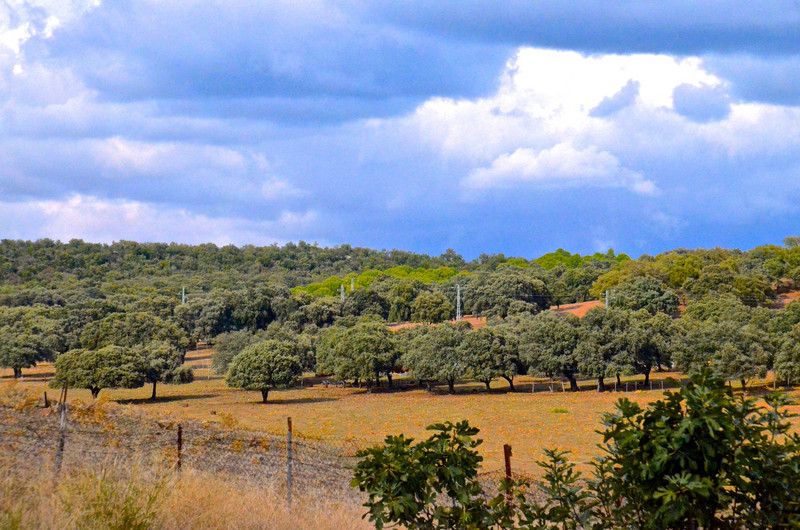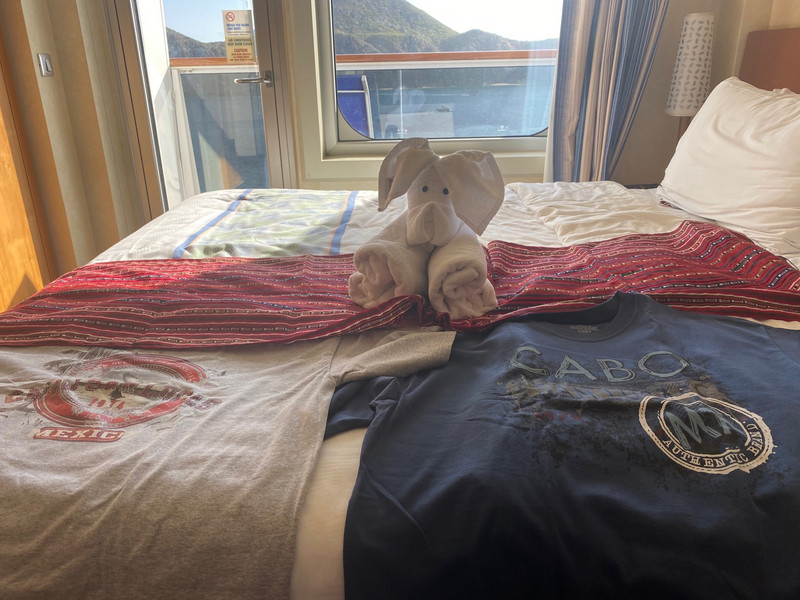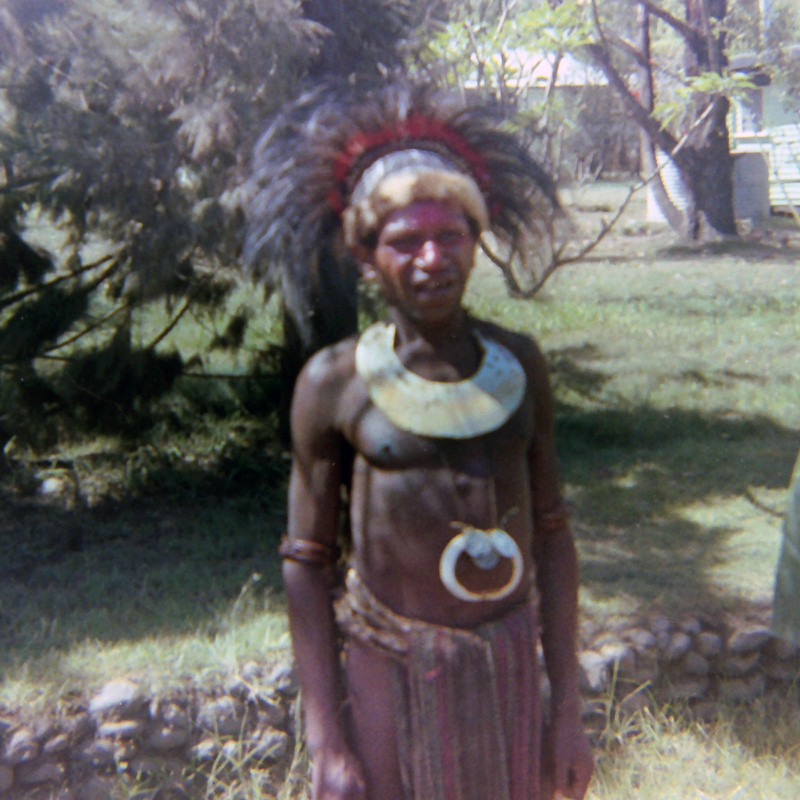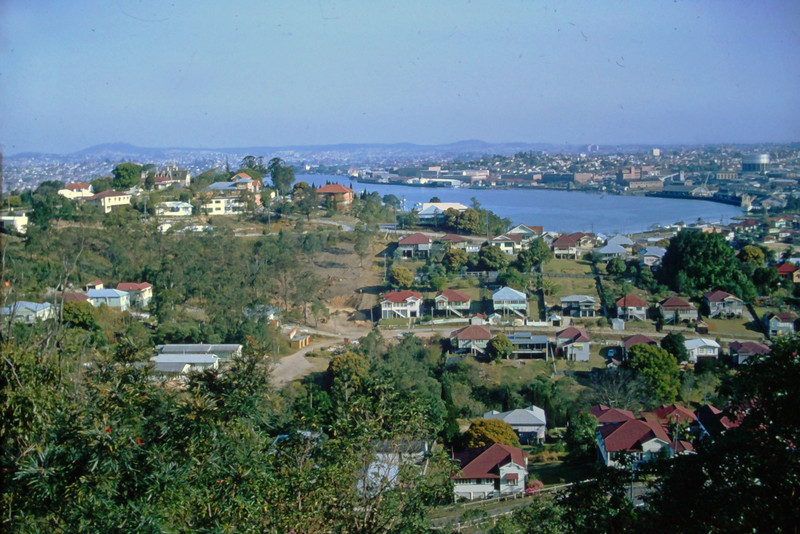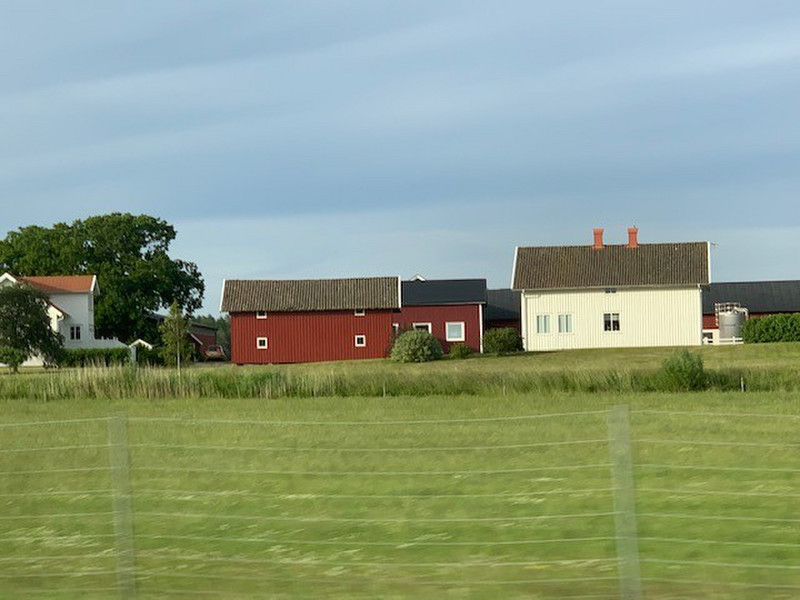Our bus left the hotel in Seville at 9am and we were on our way to Granada. On the bus, Vera passed out dark chocolate covered figs to tease us about the sweets at our next stop. She told us that bus drivers, by law, must stop at least every 2 hours. Therefore we had frequent bathroom and refreshment breaks. We stopped at an Autogrill in a pleasantly rural farmland region where Vera suggested we purchase lunch to bring with us to eat in Granada. We bought the and locally famous Pionono sweet treat to eat later and a ham and cheese and ovo sandwich for a walking lunch later in Granada. When we arrived in Granada I saw advertisements for the Piononos everywhere. (I soon found out they were way too no no sweet for me).
Spain and its Olives: Region does not dictate the quality of olives so much as how olives are treated. As they do in Greece, farmers bang on olive trees and after the olives fall either they are machine harvested or hand picked. Hand picking requires a great deal of labor putting the olives on mats, layering with more
olives until rocks are put on top and then donkeys pull the mats to the press. The best system for oil production is to use a centrifugal force system that has no loss of juice and no air or light exposure to impair the quality of the oil. But the centrifugal process is more expensive and you cant always know for sure if the olive oil you buy is made this way unless it says early harvest organic extra virgin on the bottle. The Bassilipo brand does this. Extra virgin means there is no defect in smell or taste. Both virgin and extra virgin are not heated so, in this way, there is no loss of vitamins, which is the best.
Olives that are harvested in early September have the best quality but the olives are still small in size and there is limited quantity and not do an early harvest. The longer you wait to harvest, the more liquid you will get; harvests in November and December yield liquid but some of the olives may be too ripe and can spoil the taste. You will pay about $10 for an organic bottle of OVO
in Spain. Black olives are just ripe green olives but there are many different varieties. In addition to olive groves, we passed acres of farmland lined with poplar trees, where tobacco was previously growing, now asparagus is the popular crop. I found it interesting that corn is grown for animals and not so much for human consumption.
Vera gave us a little history of the Iberian peninsula in Andalusia which is full of conspiracies, conquests and medieval harems. The Arabs who came from Syria in 711 were because they would fight Spains ancient Visigoth rulers who had controlled Spain for 200 years following the Roman occupation. The then facilitated the Islamic takeover as they banded with the Muslims to overthrow the Visigoth rulers. The Arabic kingdom of Granada was founded in the early 13th century beginning the glorious Islamic period when Granada started to flourish, one of the richest and most dynamic cities of medieval Spain, blossoming with traders, artisans, educators and scientists.
This wonderful period of enrichment ended in 1492 after Isabella and Fernando began their takeover of Spain. The Arabs, attempting to escape, moved south to Granada, the last stronghold before the
Arabs were forced out of Spain. As a result, Granada was Spains last moorish kingdom. Yet some Muslims chose to stay. The Mariscos Muslims who chose to stay had to Christians and were taxed for that. A rebellion started to stop paying taxes and that ended up bankrupting the country.
Soon after the Arabs left, Isabella and Ferdinand threw out all the remaining Jews, bringing a force of Catholicism to Granada and southern Spain. Yet the Jews left their mark in Granada. It was from the living at the foot of Alhambra hill in an area called Granata al Jahud that we get the citys name Granada, which in Spanish means pomegranate. You can see this fruit represented on the citys coat of arms.
